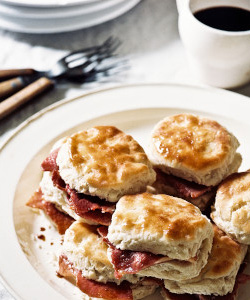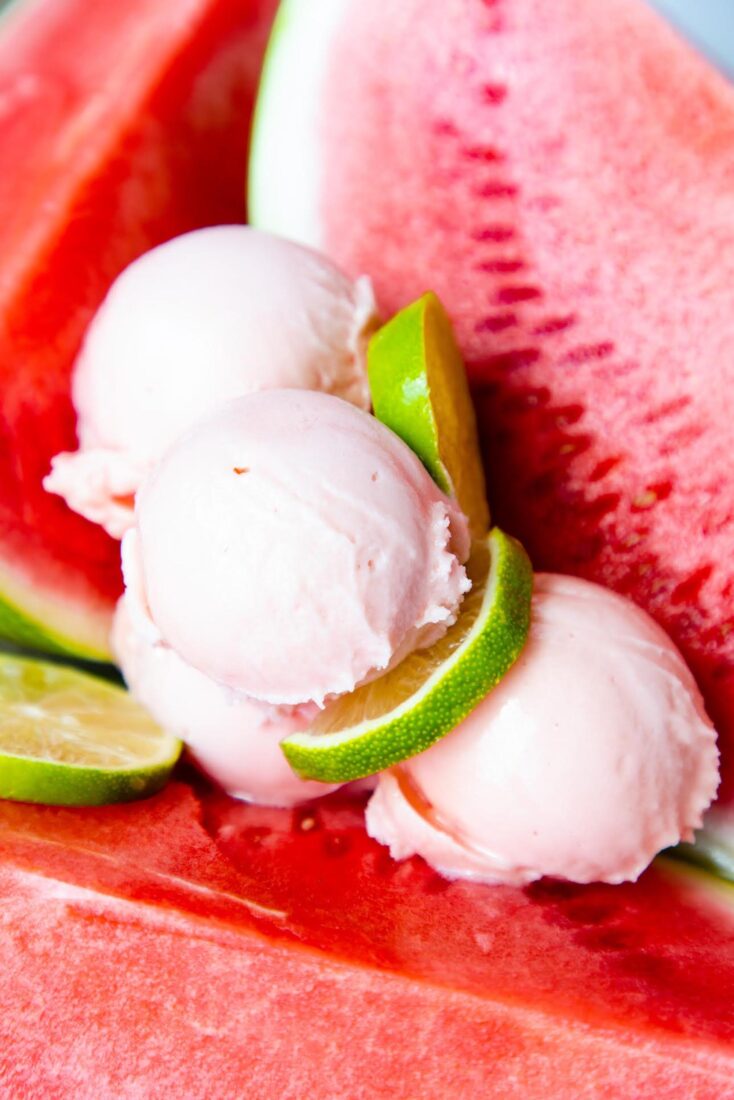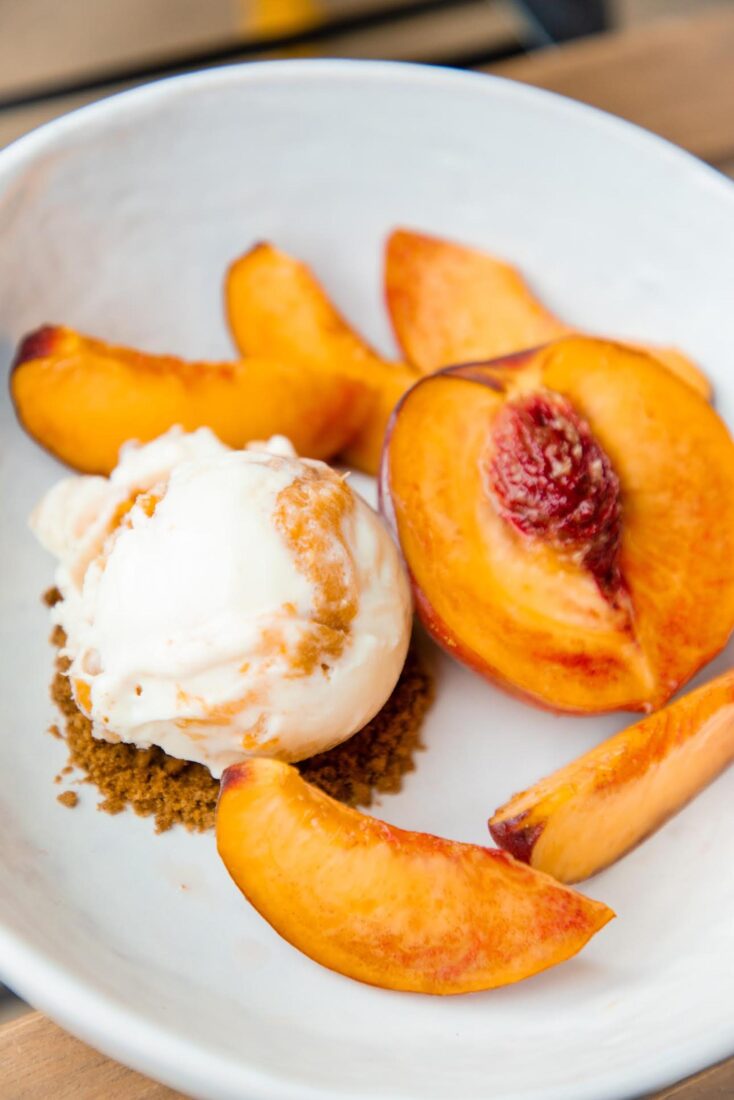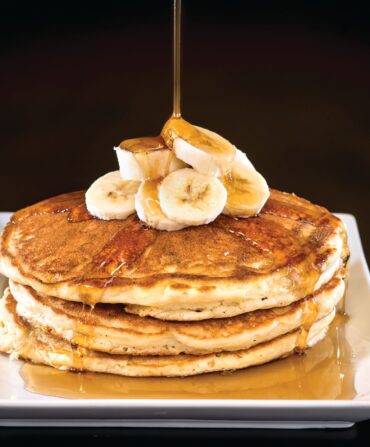
This summer, Geri-Martha and Ryan O’Hara, the masterminds behind Alabama’s beloved Big Spoon Creamery, are mixing delightful flavors most of us could never dream up, much less bring into being: toasted almond ice cream with peach jam and cardamon, watermelon margarita sorbet, a mascarpone ice cream infused with sourdough toast notes.
They have their method down to a science, marrying an Italian gelato–like consistency with American serving style to arrive at the perfect flavor concentration and texture. “Our method aligns more with gelato, which has more flavor because it’s only 30 percent air, as compared with the 50 percent air in traditional American ice cream,” Geri-Martha says. “But we serve it at American scooping temperature, which is a little bit firmer and requires a scoop instead of a spade.”
Often, the duo tests out their creations on a home ice cream maker before producing it commercially. Below, read Geri-Martha’s tips for how to take your own home ice cream to crowd-pleasing heights. (And get the recipe for her honeysuckle ice cream while you’re at it.)

Start with the right tools.
“An ice cream maker that I really love right now is the Ninja CREAMi,” she says. In fact, that’s the one they use for testing at Big Spoon. But for a straight-up-the-line, simple option, she and her husband favor the Cuisinart one-touch, freezable ice cream maker. “I don’t think you need to get fancy with a bunch of different controls and things,” she says. You do, however, need to read the instructions and plan ahead, because some—like the Cuisinart—require you to freeze the bowl the day before. “It’s such a bummer when you go to make ice cream and realize you’ll have to wait a day.”
Get your cream-to-milk ratio right.
One big pitfall of homemade ice cream is having too much fat in the ice cream, which often comes from a recipe that calls for equal parts heavy cream and milk, or even more heavy cream than milk. “If there’s too much fat in it, that’s when it overspins and comes out too hard,” she explains. If you can taste a film of fattiness on your tongue, you’re literally tasting butter from overchurning the heavy cream.” Big Spoon’s formulas vary, but they’re heavier on milk than heavy cream.
Start simple.
Before getting crazy with flavors, Geri-Martha recommends getting a plain vanilla or sweet cream recipe down pat. “Then you can build off of that by infusing the milk with things like the almond we are using in our almond peach cardamom flavor.” Or, start by experimenting with sorbets, which are even simpler to make. “Right now, peach sorbet is really amazing, and you just need peaches, sugar, and lemon juice,” she says. “You just blend that, put it in your ice cream maker, and end up with a phenomenal sorbet that’s creamy from the natural pectin in the peach.”

Let fresh ingredients inspire you.
“When I’m considering flavors, I always think about what our farmers are bringing in and what’s at peak ripeness, because that’s going to make the best ice cream,” she says. Big Spoon also sources its dairy locally; their farmer brings the milk at the beginning of the week, and by the next day it’s ice cream. “If you’re able to, it’s always great to support our farmers, and you’re going to taste the difference in your final product.”
Taste your mixture and add a pinch of salt.
“It’s important to use your palate,” O’Hara says. Taste the ice cream before you spin it to see if it’s sweet enough or too sweet, and that it’s generally balanced. “And a little salt goes a long way—I always like to add a little bit of kosher salt to most of my ice creams, which helps with flavor and with texture since salt is an anti-freezing agent.”









